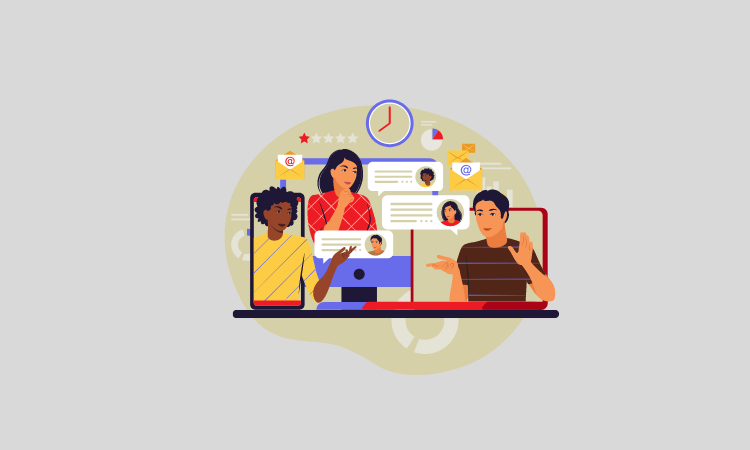Online Lenders
After integrating Afterpay with Square Cash App and Seller ecosystems, in-store sales are up 384%
- Square is bringing Afterpay to in-store purchases, making it even easier to pay in 4.
- Convenience may lead to overspending, especially when consumers stack their loans.








